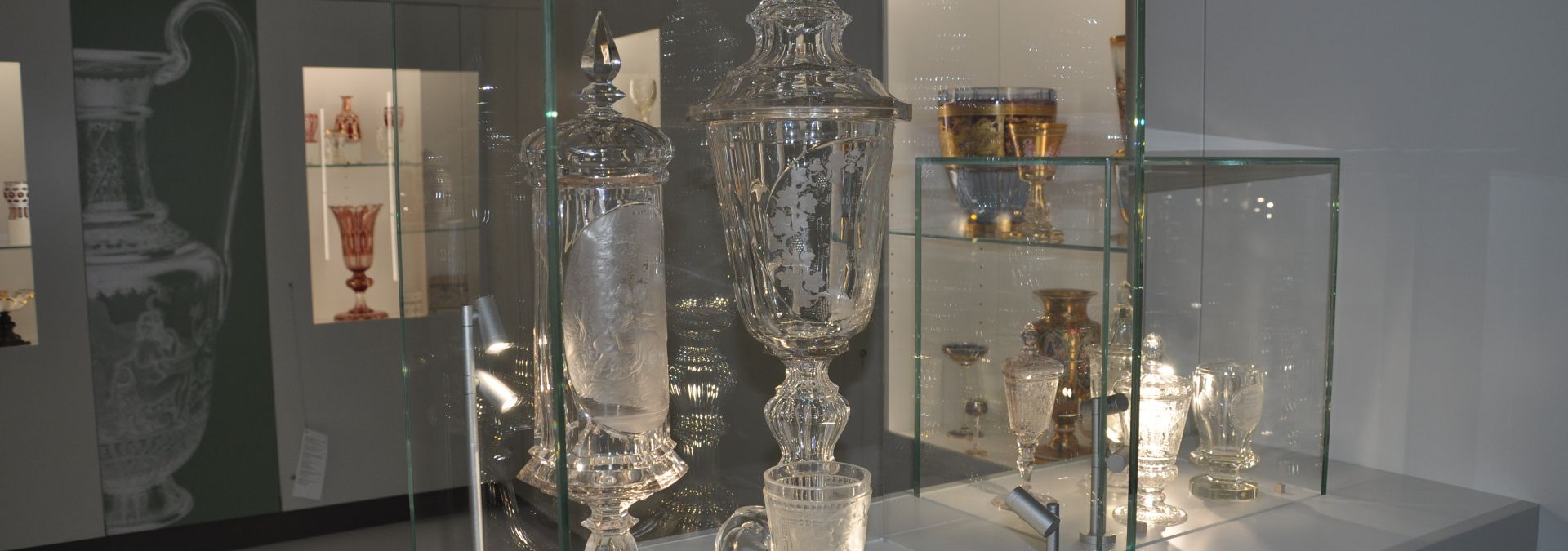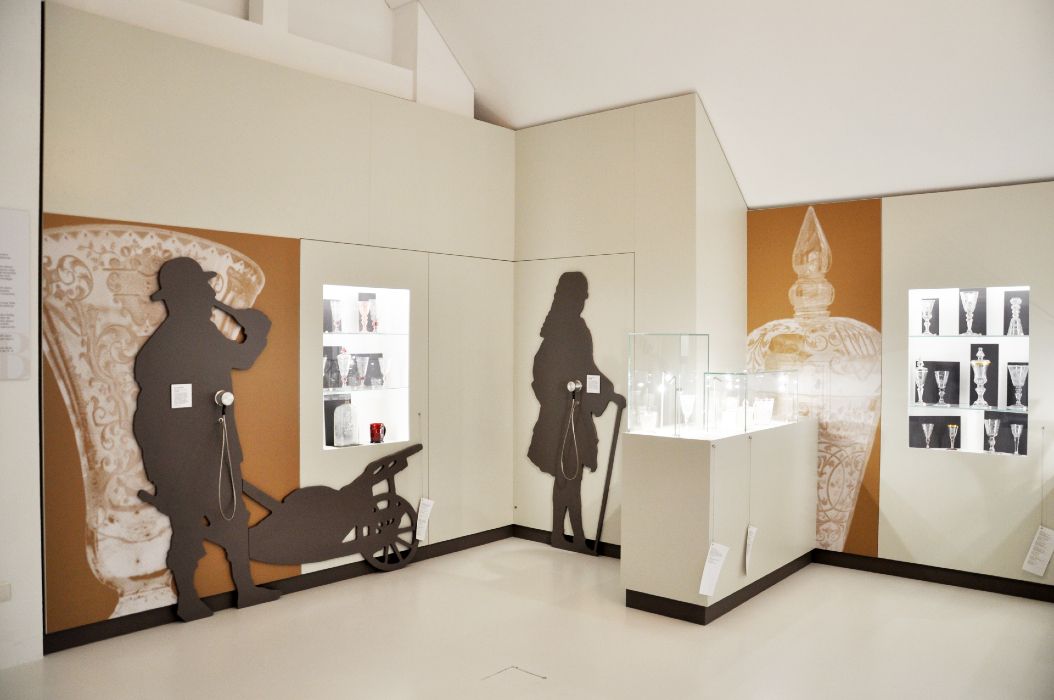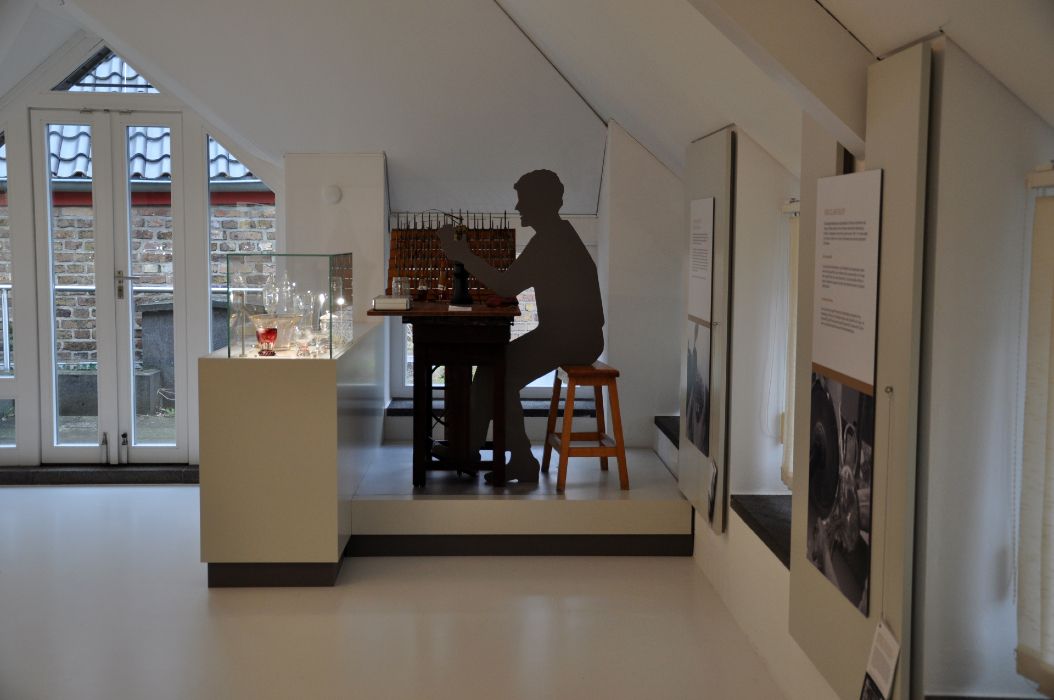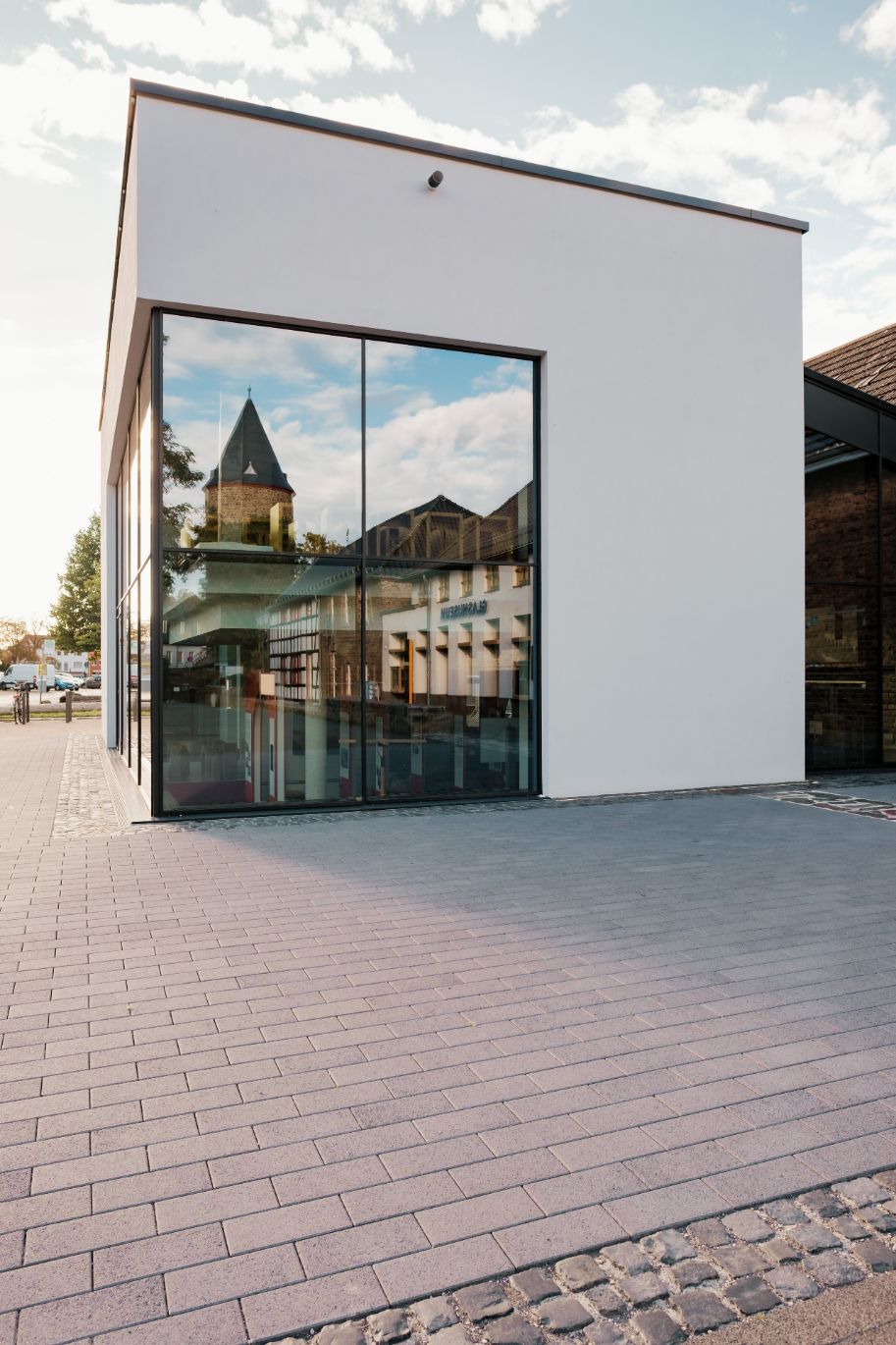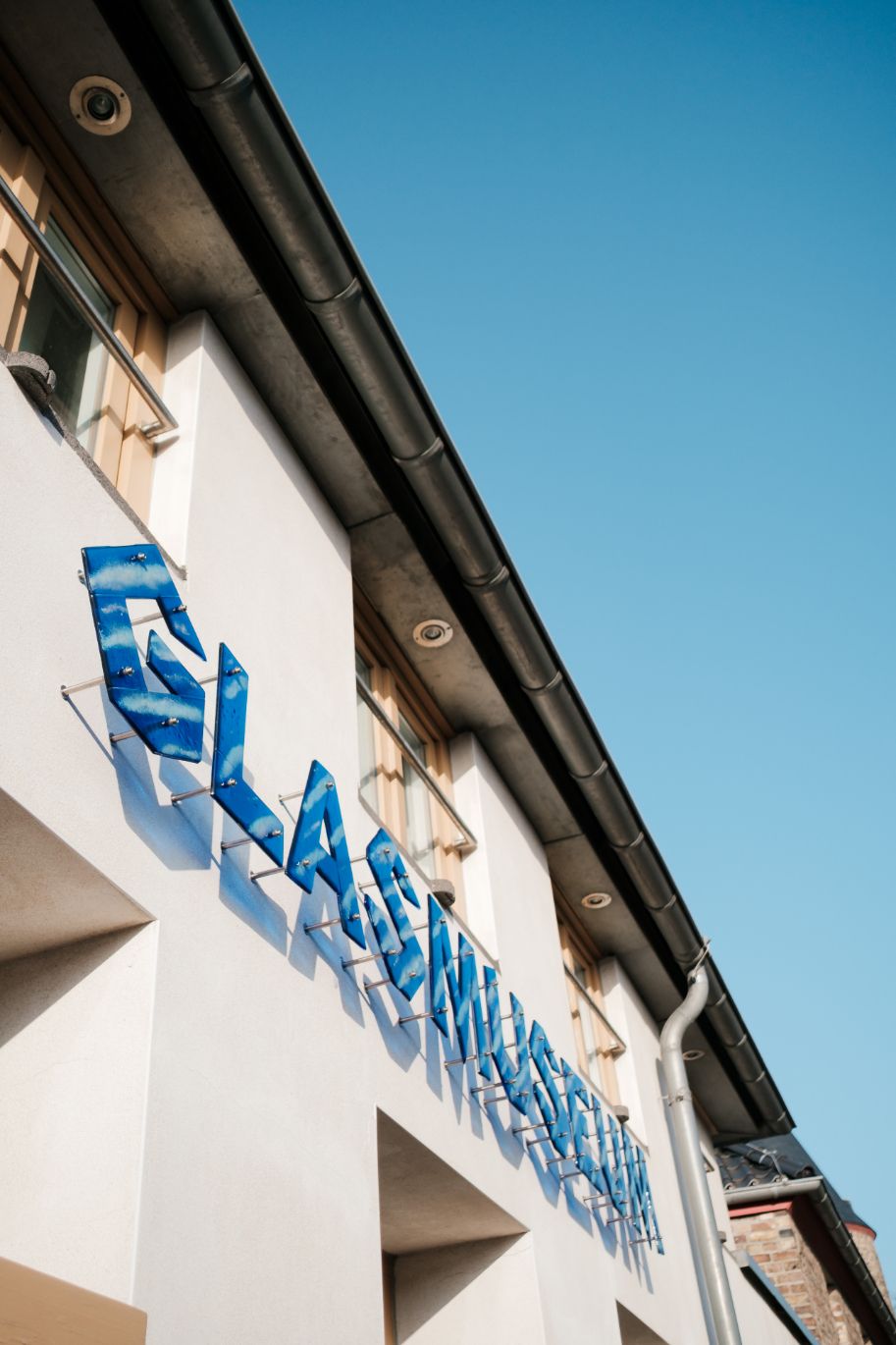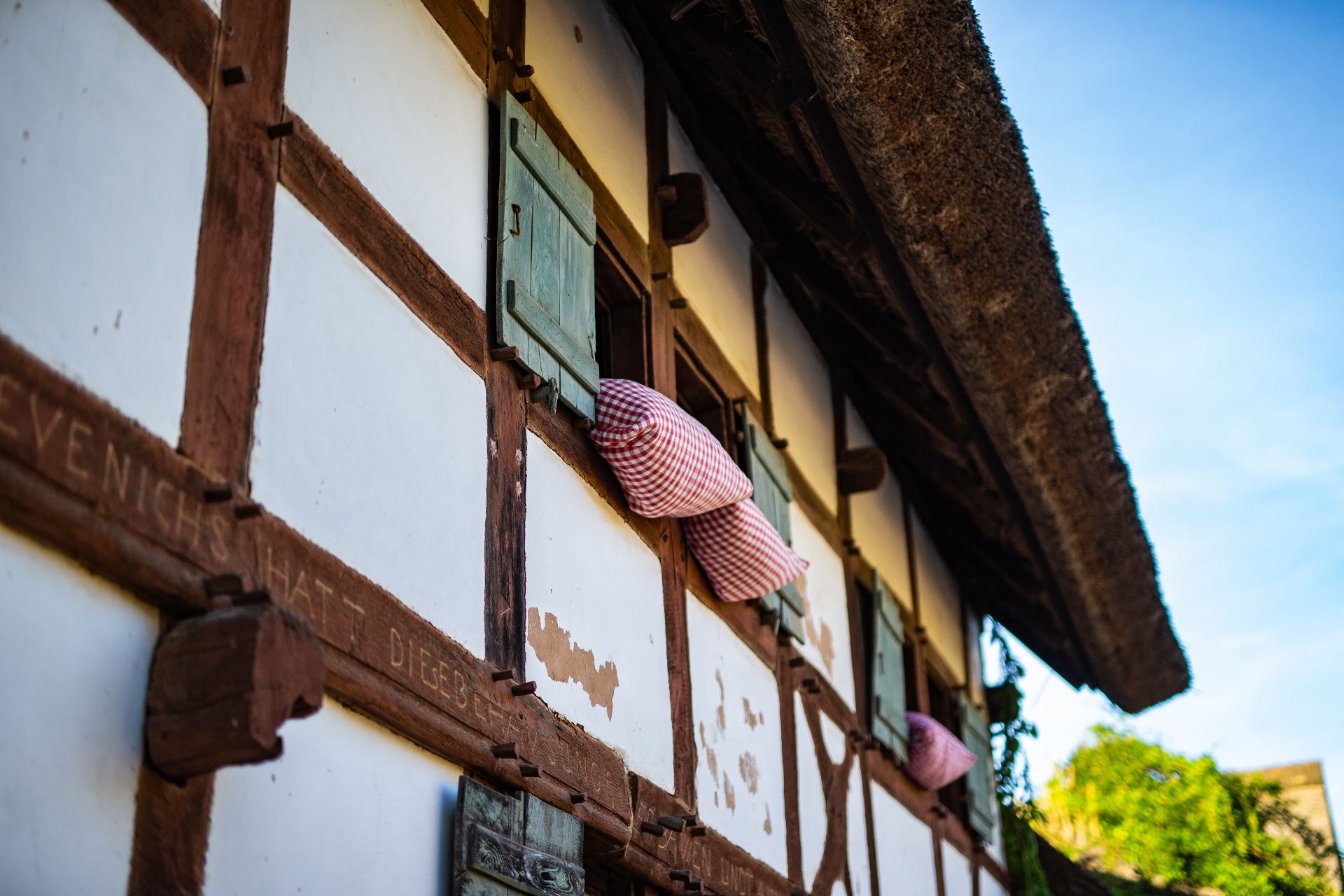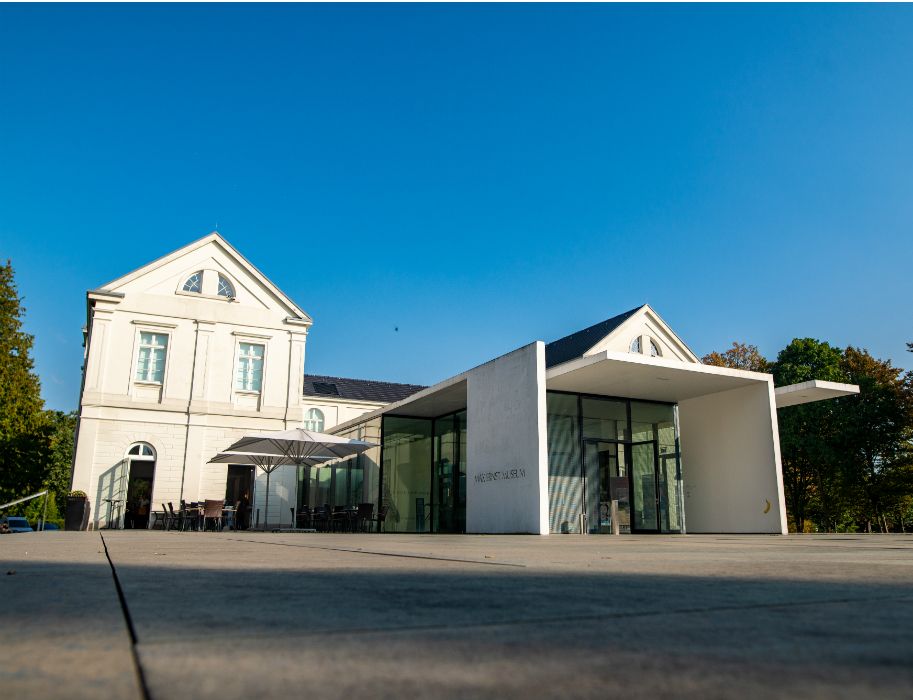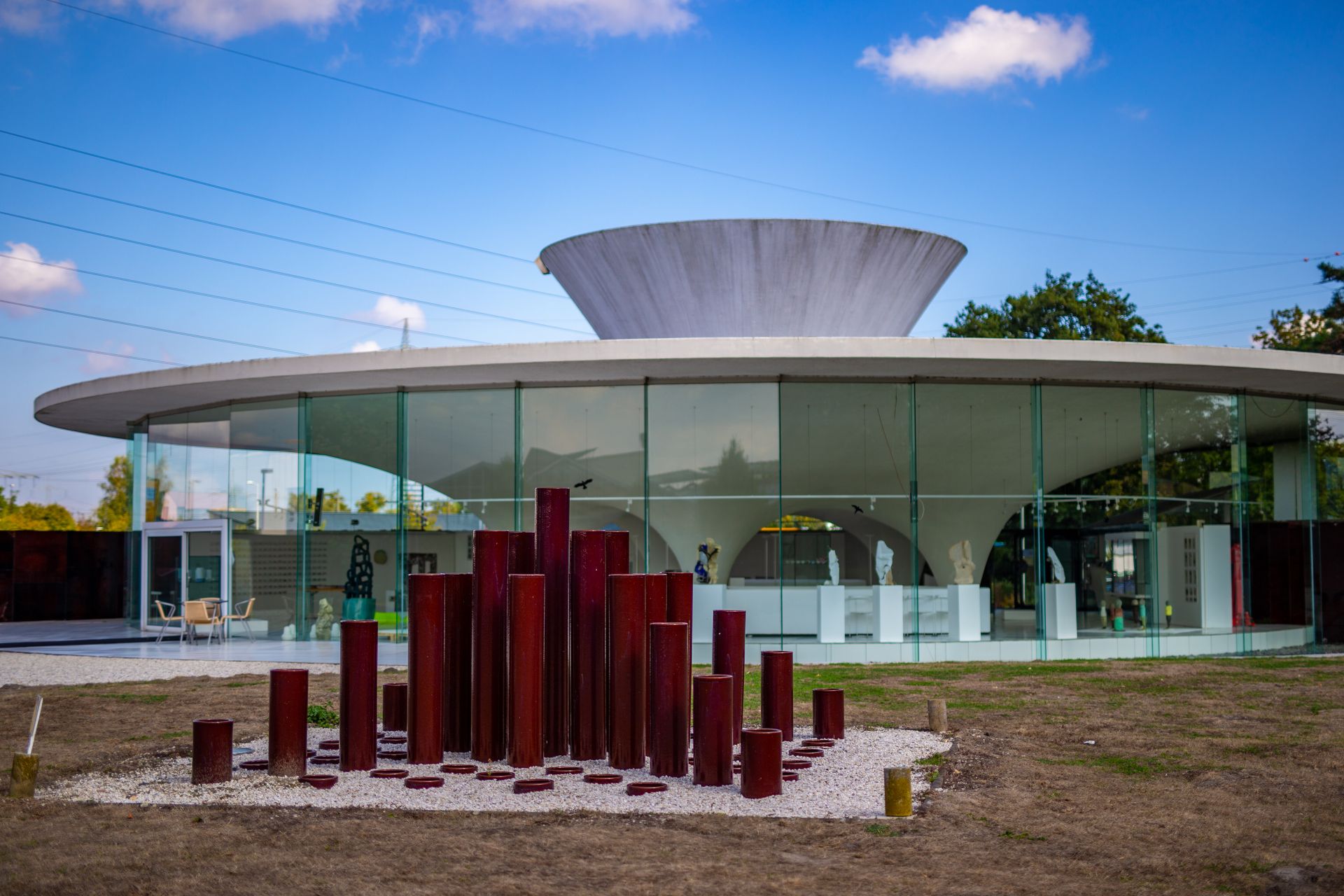Glass is a treasure that has been processed by human hands into artistic objects and useful everyday items for centuries. Even today, drinking vessels, vases and bowls bear witness to the stylistic devices of a bygone era. If you want to get to know them, the Rheinbach Glass Museum is the right place for you. The museum presents the stories behind the products in the midst of the wonderful landscape of the Rhein-Sieg district. In the historic Himmeroder Hof, it explains the art of Bohemian glass production and refinement, which also left its mark in this country.
A niche topic? Not at all. Glass is omnipresent. This is made abundantly clear by seven biographical stations on personalities such as the engraver and dealer Franz Georg Kreybich or the entrepreneur and inventor Friedrich Egermann. Sometimes it is richly decorated intermediate gold glasses with thin, cut-out gold foil between two thin layers of glass that tell of the aristocratic splendor of the Baroque period in the Rheinbach Glass Museum. Sometimes colorful carafes from the Biedermeier period or figurative decorative bowls from the Art Deco period tell of masterly painting and social preferences.
While exploring the exhibition areas, visitors learn about the exciting regional history, which is inevitably linked to the styles and eras of glass production: Rheinbach is still a relatively young glass center, which was formed in 1947 by the settlement of 200 Sudeten German families from northern Bohemia. Numerous glass finishers and teachers from the former Steinschönau glass college moved to the town in the Rhein-Sieg district to start a new life here. They set up finishing workshops and founded the Rheinbach Glass College. In 1968, they formed the "Friends of Fine Glass" association, which opened the glass museum and ran it for twelve years. The town took over in 1980. In 1989, the museum moved to the Franconian courtyard of the former Himmerod monastery, where it is still located today.
Visitors can now also find the so-called Roman Head by glass artist Udo Edelmann here. It illustrates, for example, why the international studio glass movement was able to celebrate one success after another in the 20th century. The glass bust, decorated with various shades of blue, red and yellow, shows guests the high level of skill that the Rheinbach glassmaker had to apply to the production of today's collector's item.
Another highlight of the museum is the open glass workshop, which is regularly used for workshops and seminars. Young and old can try their hand at glass fusing, sandblasting or bead turning here. A fully equipped grinding workshop provides an insight into glass decoration with engravings. Sparks fly here when corners are rounded and edges are refined by precise hand movements on the grinding stone. Three Roman glass furnaces also show visitors past craft techniques. They are on display in a specially equipped Roman glassworks and are reactivated on event days.
In addition to the Rhenish Glass Museum, the Himmeroder Hof also houses the Rhineland Nature Park Center and the Roman Canal Information Center.
